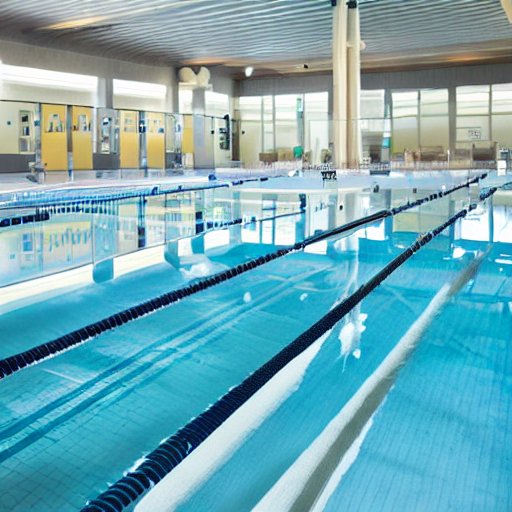The progressive development of motorization has led to inadequate parking places in urban areas and their outskirts. At the same

Are you planning to build or retrofit an indoor pool facility? If so, you need to consider the importance of HVAC design. HVAC systems play a crucial role in maintaining indoor air quality, controlling humidity, and ensuring the comfort of swimmers, divers, coaches, and spectators. In this comprehensive guide, we will discuss the key elements of HVAC design for pools and provide you with practical tips to create the best indoor pool facility for all stakeholders.
The goals of HVAC design for pools have evolved over the years. Today, the objectives include protecting the health of swimmers, promoting the long-term structural integrity of the building and supporting systems, and conserving energy, water, and water treatment resources . To achieve these goals, HVAC systems must work in harmony with systems that control water temperature and water quality. An integrated, sustainable approach is required to reconcile the intensive tasks of dehumidifying the space, heating and cooling the interior, heating pool water, and meeting outdoor air requirements .
Maintaining indoor air quality is critical in pool facilities. Chloramines, which are formed when chlorine reacts with sweat, urine, and other organic matter, can cause eye irritation, respiratory problems, and other health issues. HVAC systems must be designed to remove chloramines and other contaminants from the air to ensure a healthy and comfortable environment for swimmers and spectators.
One of the major breakthroughs in understanding the complexity of maintaining indoor air quality in a pool facility is the recognition that HVAC systems must be designed to provide a balanced ventilation system . This means that the amount of outdoor air brought into the space must be equal to the amount of air exhausted from the space. A balanced ventilation system helps to prevent the buildup of contaminants and ensures that the air in the space is fresh and healthy.
Designing an integrated HVAC system for pools requires a holistic approach that takes into account the building structure, water loop, facility programming, and energy consumption . Here are some practical tips to help you create the best indoor pool facility:
1. Choose the Right HVAC Equipment: The HVAC equipment you choose must be able to handle the unique demands of a pool facility. This includes providing adequate dehumidification, heating and cooling, and air filtration. Make sure to choose equipment that is energy-efficient and easy to maintain.
2. Consider the Building Envelope: The building envelope plays a critical role in maintaining indoor air quality and controlling humidity. Make sure to choose materials that are resistant to moisture and can withstand the corrosive effects of chlorine. Proper insulation and air sealing can also help to prevent energy loss and reduce operating costs.
3. Optimize the Water Loop: The water loop is an essential component of pool HVAC design. It must be designed to provide efficient heat transfer and minimize energy consumption. Consider using a heat recovery system to capture waste heat from the pool water and use it to preheat the incoming air. This can significantly reduce energy costs and improve overall system efficiency.
4. Program the Facility for Optimal Performance: Facility programming is another critical element of pool HVAC design. Make sure to schedule the HVAC system to operate at optimal times to minimize energy consumption. Consider using occupancy sensors to turn off the HVAC system when the space is not in use. This can help to reduce energy costs and extend the life of the equipment.
5. Monitor and Maintain the System: Once the HVAC system is installed, it is essential to monitor and maintain it regularly. This includes changing air filters, cleaning coils, and checking refrigerant levels. Regular maintenance can help to prevent breakdowns, extend the life of the equipment, and ensure optimal system performance.
Conclusion
In conclusion, HVAC design for pools is a complex and challenging task that requires a holistic approach. By considering the building structure, water loop, facility programming, and energy consumption, you can create the best indoor pool facility for all stakeholders. Remember to choose the right HVAC equipment, optimize the water loop, program the facility for optimal performance, and monitor and maintain the system regularly. With these practical tips, you can create a healthy, comfortable, and energy-efficient indoor pool facility that meets the needs of swimmers, divers, coaches, and spectators.
About Author
InnoDez